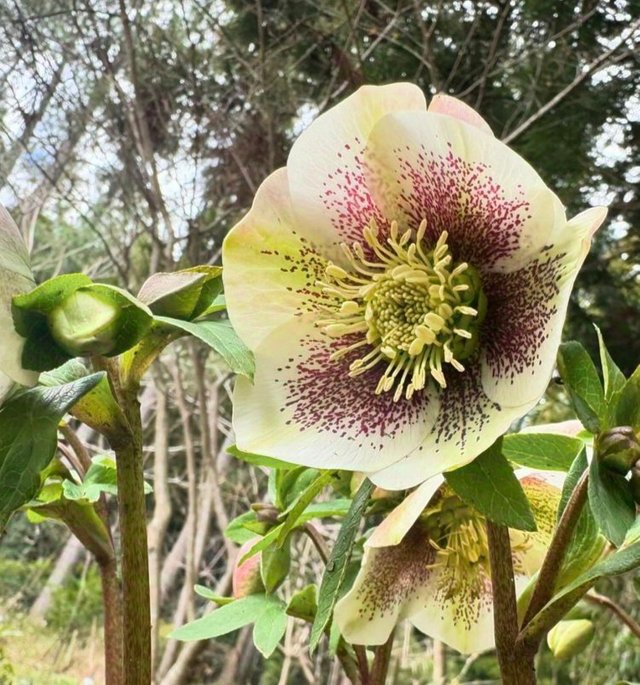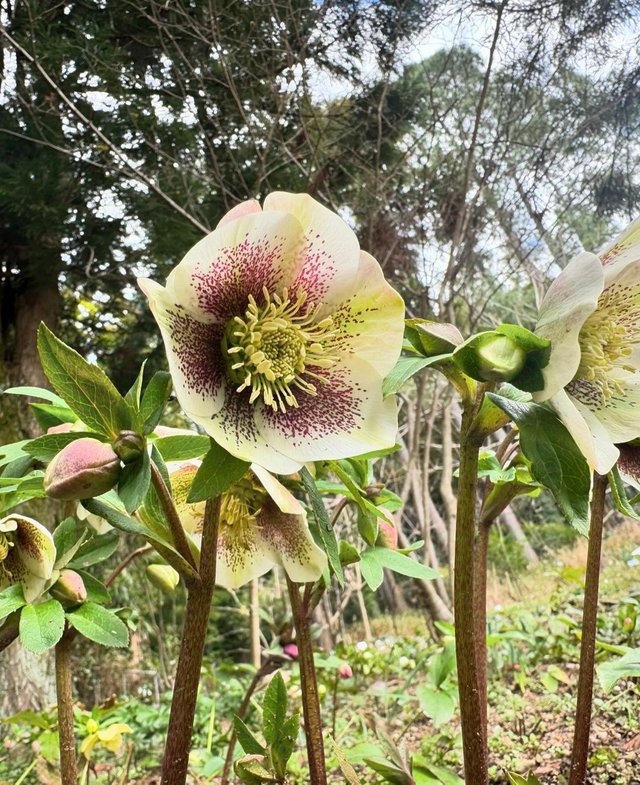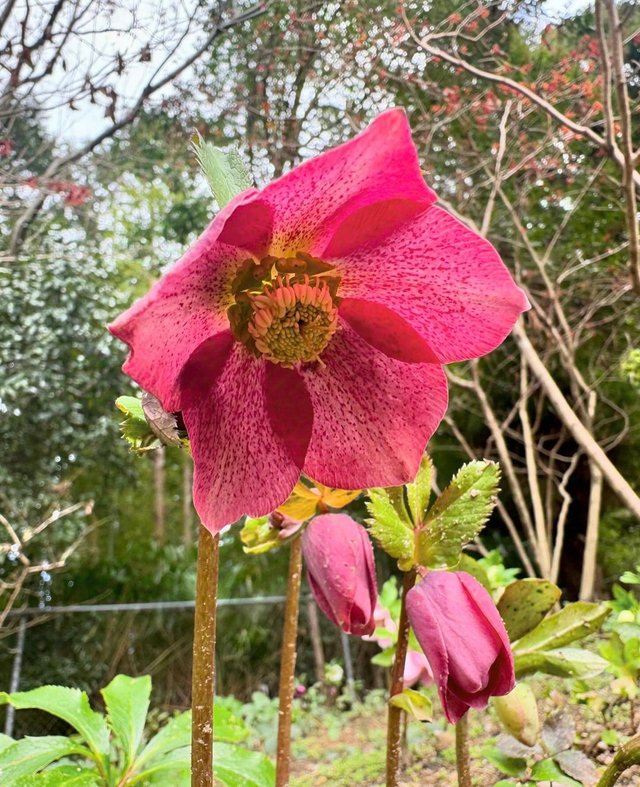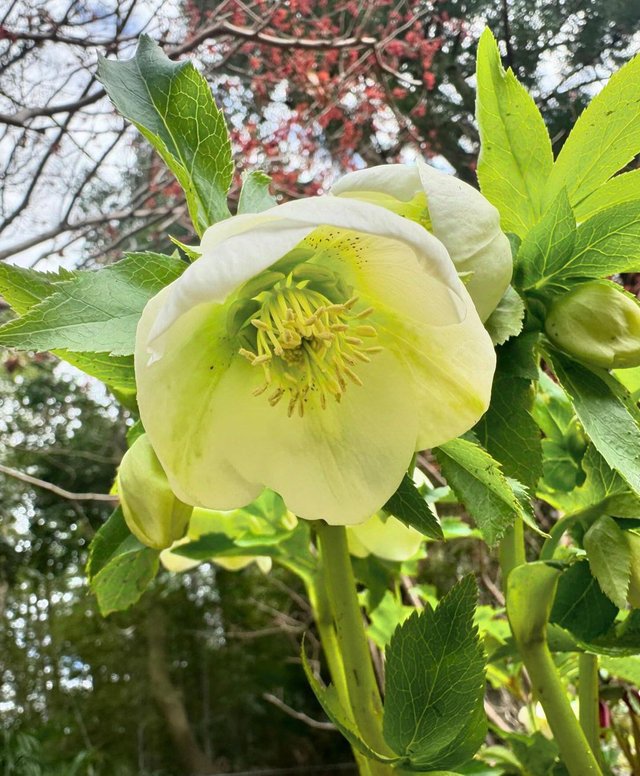Helleborus orientalis: The Lenten Rose




Helleborus orientalis,commonly known as the Lenten Rose, is a captivating, hardy perennial that brings color and charm to late winter and early spring gardens. Despite its name, it isn’t a true rose but rather a member of the buttercup family (Ranunculaceae). Originating from the woodlands of Greece and Turkey, this elegant plant is prized for its long-lasting blooms, unique colors, and resilience.The Lenten Rose produces striking, cup-shaped flowers in shades of white, pink, purple, and green. Its blooms appear from late winter to early spring, providing a welcome burst of color in shaded areas when few other plants are flowering. The flowers, which nod gracefully on strong stems, are often speckled or veined and are known to persist for several weeks. Unlike most flowers, the sepals (the outer part of the flower) do not fall off but retain color, extending the display.
Helleborus orientalis is relatively low-maintenance, thriving in well-drained, humus-rich soil. It prefers partial to full shade, making it an excellent choice for woodland gardens, shaded borders, or under deciduous trees. It is also frost-resistant and deer-resistant, making it a versatile addition to gardens with challenging conditions.Lenten Roses are valued not only for their beauty but also for their resilience. They are long-lived perennials that, once established, require minimal care. Removing old or damaged leaves in late winter can help fresh foliage and flowers emerge. Since the plant is toxic if ingested, it’s naturally unappealing to deer and other pests.
Helleborus orientalis is a plant that brings a unique charm to the garden when other plants are still dormant. With minimal maintenance, it provides a stunning display of blooms that lasts for weeks, brightening up shaded areas and adding depth to your landscape. Whether you’re an experienced gardener or just starting, the Lenten Rose is a delightful addition to any winter or early spring garden.